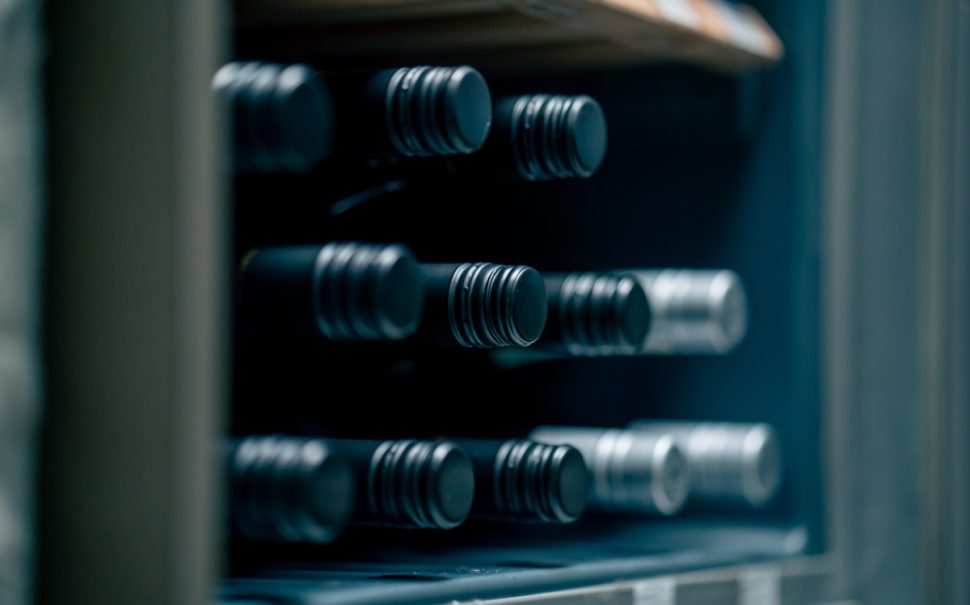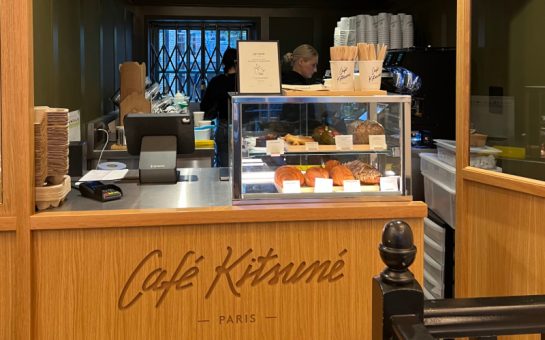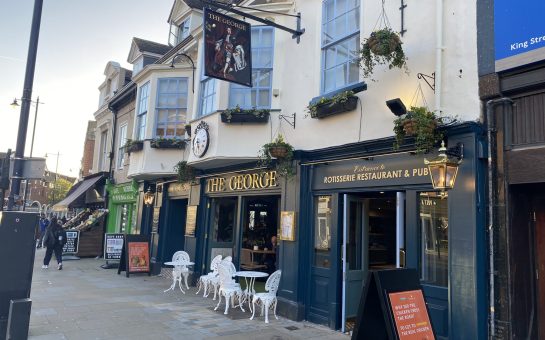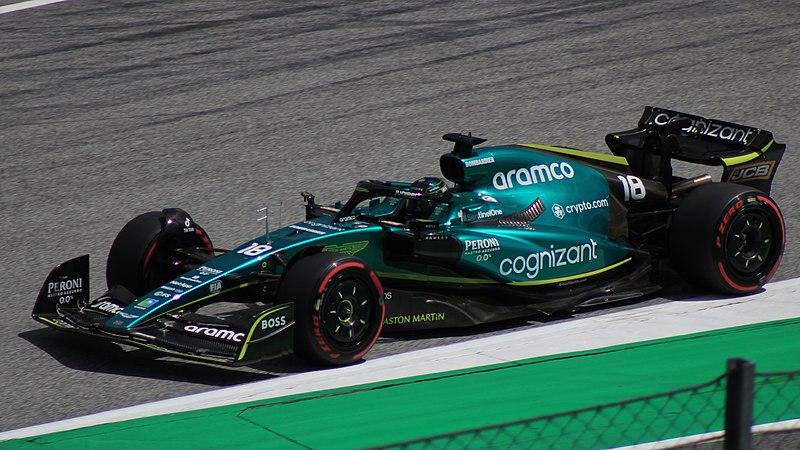Storing wine correctly at home is more than a matter of prestige or preference, it’s essential for preserving the flavour, aroma, and structure of every bottle.
Whether you’re an occasional drinker, a passionate collector, or an aspiring connoisseur, understanding the fundamentals of wine storage can elevate your experience and protect your investment.
From temperature to light exposure, every environmental factor plays a role in how wine evolves in the bottle.
Why proper wine storage matters
Wine is a living product that continues to evolve long after it leaves the vineyard.
Its chemical composition changes subtly over time, influenced by its surroundings.
Proper storage allows these transformations to occur in a controlled, beneficial way.
Improper storage, on the other hand, can destroy a bottle’s complexity and balance.
Key risks associated with poor storage include:
- Premature oxidation, which flattens flavours and dulls aromas.
- Spoilage due to excessive heat or temperature fluctuations.
- Cork failure, often caused by dry air or direct light.
- Sediment disruption, if bottles are frequently moved or stored upright.
To avoid these outcomes, professionals rely on consistent storage environments, a standard you can now replicate at home.
The case for a wine fridge
A wine fridge has become an essential tool for enthusiasts aiming to maintain optimal conditions.
Unlike conventional refrigerators, which are designed for food preservation at colder temperatures and often suffer from temperature swings and low humidity, a wine fridge is purpose-built to keep bottles in a stable environment tailored for ageing and enjoyment.
This appliance offers precise temperature control typically set between 10°C and 14°C, ideal for preserving the balance and depth of flavours.
Humidity levels within a wine fridge also prevent corks from drying out, which is crucial to avoid air seeping into the bottle and spoiling the wine.
Additionally, wine fridges are engineered to minimise vibrations, which can disturb sediment and affect maturation negatively.
Their tinted, UV-resistant glass doors protect the wine from harmful light that can degrade delicate compounds.
The combination of these features provides a reliable microclimate, making a wine fridge the smart choice for any home collector or casual drinker wanting to keep their bottles in top condition.
Key benefits of a wine fridge include:
- Consistent Temperature Control: Maintains a steady environment ideal for preserving wine, avoiding damaging fluctuations.
- Humidity Regulation: Ensures corks remain moist, preventing oxidation and preserving wine integrity.
- Vibration Reduction: Minimises movement that can disturb sediment and interrupt the ageing process.
- UV Protection: Shields bottles from light exposure that can degrade flavour and aroma compounds.
Together, these features create an environment that closely mimics ideal cellar conditions, which are essential for preserving and enhancing the quality of wine over time.
Ideal conditions for wine storage
Temperature consistency is the cornerstone of effective wine storage.
Fluctuations can cause the liquid inside to expand and contract, stressing the cork and risking air intrusion.
The generally recommended range for long-term storage is around 12°C, with slight variations depending on the type of wine, reds typically fare well around 13-18°C, whites and rosés closer to 8-12°C.
However, it is far more important to avoid sudden changes than to fixate on an exact figure.
Humidity also plays a vital role; a dry environment can shrink corks, allowing oxygen to enter and spoil the wine, while excessive moisture can promote mould growth.
The ideal relative humidity sits between 50 and 70 per cent, creating a balance that preserves cork integrity without encouraging mould.
Light exposure, particularly ultraviolet rays, damages wine by breaking down essential compounds that influence aroma and flavour.
For this reason, wines are traditionally stored in dark cellars or cabinets, and any light exposure should be minimised, especially for white and sparkling wines which are more sensitive.
Bottles should be stored horizontally to keep the wine in contact with the cork, maintaining its moisture and sealing properties.
Upright storage risks drying out the cork, which can lead to oxidation.
Avoiding common storage mistakes
Many enthusiasts unwittingly undermine their collection’s potential by storing wine in unsuitable places.
Kitchen cupboards, for example, often experience heat from cooking appliances and temperature swings, which can accelerate the ageing process unpredictably and damage delicate aromas.
Garages and lofts can be subject to extremes of temperature and humidity, creating an unstable environment that compromises the integrity of the wine.
Standard refrigerators, although cold, are usually too dry and fluctuate due to door openings, leading to corks drying out and premature oxidation.
Frequent movement or vibration also damages wine.
Avoid storing bottles near washing machines, speakers, or any equipment prone to vibrations, as these can disturb the sediment and interfere with the natural ageing process.
Additionally, storing wine in direct sunlight or near heat sources such as radiators can cause the wine to ‘cook,’ altering its flavour profile irreversibly.
Even subtle environmental factors like strong odours from cleaning products or paint can permeate the cork and affect the wine’s bouquet, underscoring the importance of a clean, controlled storage area.
Choosing the right storage solution for your space
Depending on your collection size and available space, options range from small countertop units to large, multi-zone wine fridges capable of holding hundreds of bottles.
For modest collections, compact units with temperature control provide excellent preservation without demanding much room.
Larger units can offer multiple temperature zones, allowing you to store reds, whites, and sparkling wines at their respective ideal temperatures in the same appliance.
Beyond temperature control, look for models with adjustable shelves, low vibration, and doors that block UV rays.
If space is at a premium, consider built-in or under-counter designs that integrate seamlessly into kitchens or living areas.
Proper wine storage is key to ensuring every bottle reaches its full potential, delivering the flavours and aromas intended by the winemaker.
By understanding the importance of temperature, humidity, light, and positioning, and by equipping yourself with the right tools such as a reliable wine fridge, you can store your wine collection with confidence and professionalism.
Whether you are just beginning to build your collection or are a seasoned connoisseur, adopting these best practices will preserve your wine’s quality for years to come, making every glass a true pleasure.
Picture credit: Free to use from Unsplash





